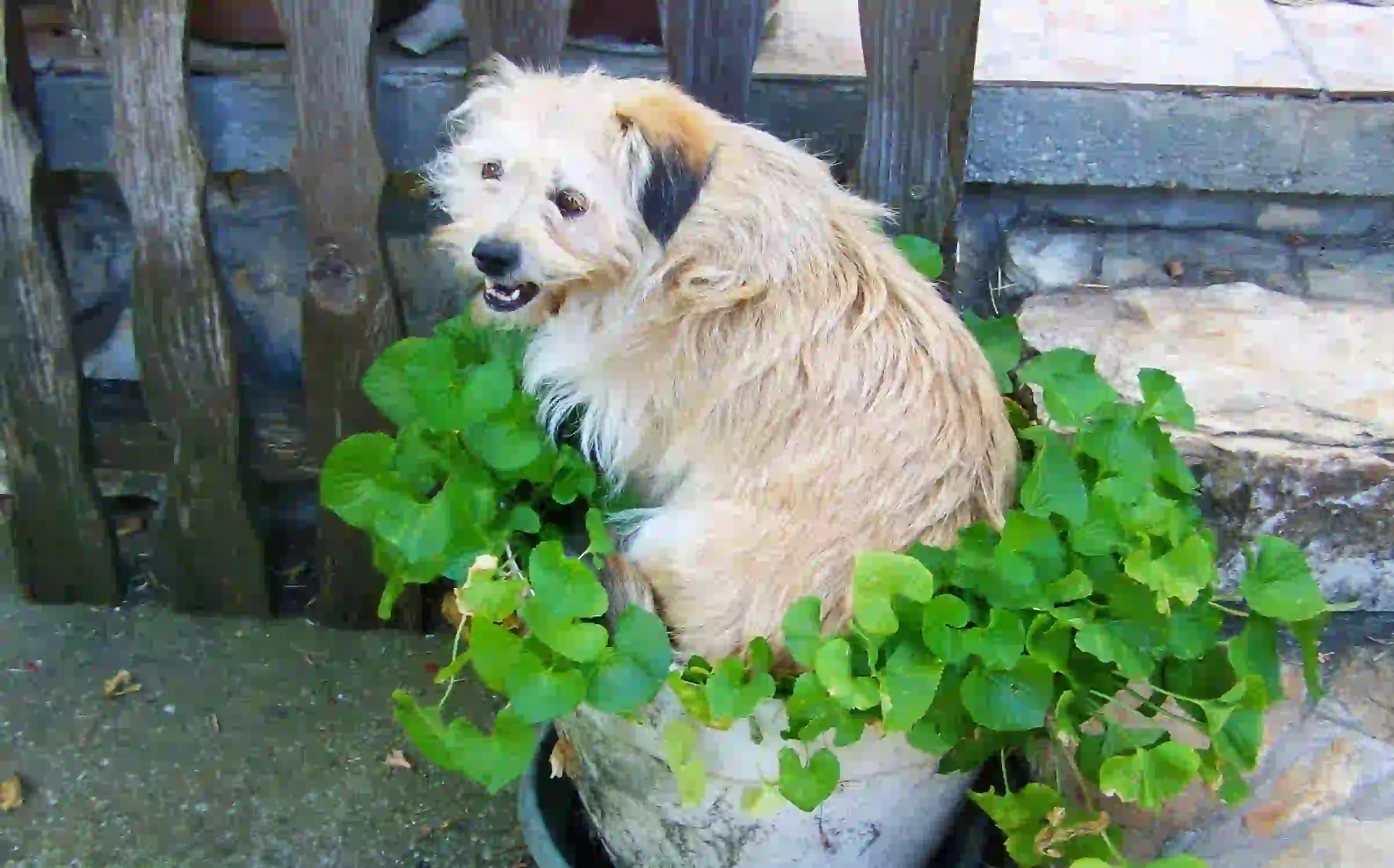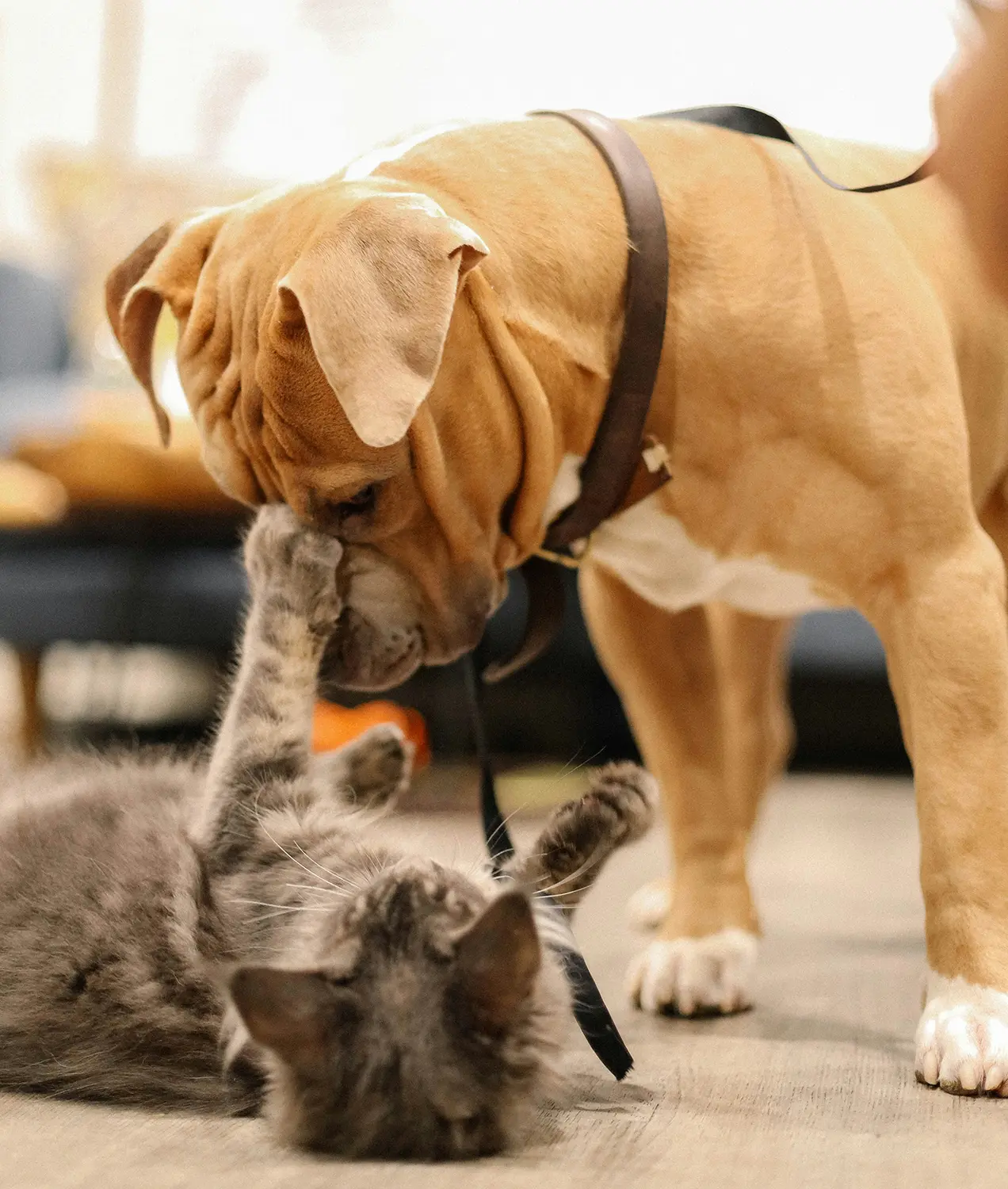
Las mascotas son criaturas curiosas que suelen explorar su entorno con la nariz y la boca. Aunque las plantas pueden realzar la belleza de nuestras casas y jardines, algunas pueden suponer graves riesgos para la salud de nuestros peludos amigos. Saber qué plantas son venenosas para las mascotas puede ayudarle a crear un entorno más seguro para ellas. Este artículo destaca las plantas más comunes que son tóxicas para perros y gatos, los síntomas de intoxicación por plantas y qué hacer si su mascota ingiere una planta tóxica.
Plantas venenosas comunes para las mascotas
1. Lirios
Los lirios son extremadamente tóxicos para los gatos. Incluso una pequeña ingestión de cualquier parte de la planta, incluyendo polen, hojas, flores y agua del jarrón, puede causar insuficiencia renal grave.
Síntomas:
- Vómitos
- Letargo
- Pérdida de apetito
- Insuficiencia renal (en 24-72 horas)
2. Palma sagú
Las palmeras sagú son muy tóxicas para perros y gatos. Todas las partes de la planta, especialmente las semillas, contienen cicasina, que puede causar insuficiencia
Síntomas:
- Vómitos
- Diarrea
- Convulsiones
- Insuficiencia hepática
- Muerte
3. Tulipanes y jacintos
Los bulbos de tulipanes y jacintos contienen toxinas que pueden causar irritación gastrointestinal grave.
Síntomas:
- Babeo
- Vómitos
- Diarrea
- Aumento de la frecuencia cardiaca
- Dificultad para respirar
4. Adelfa
La adelfa es un arbusto ornamental común muy tóxico para los animales de compañía. Todas las partes de la planta contienen glucósidos cardíacos, que pueden causar graves problemas de corazón.
Síntomas:
- Babeo
- Vómitos
- Diarrea
- Frecuencia cardiaca anormal
- Temblores
- Muerte
5. Azaleas y rododendros
Las azaleas y los rododendros contienen grayanotoxinas, que pueden afectar al sistema cardiovascular de las mascotas.
Síntomas:
- Vómitos
- Babeo
- Diarrea
- Debilidad
- Frecuencia cardiaca anormal
- Convulsiones
6. Narcisos
Los narcisos contienen licorina, un alcaloide con fuertes propiedades eméticas (induce al vómito). Los bulbos son la parte más tóxica.
Síntomas:
- Vómitos
- Diarrea
- Dolor abdominal
- Temblores
- Arritmias cardíacas
7. Azafrán de otoño
El azafrán contiene colchicina, que puede causar trastornos gastrointestinales graves y fallo multiorgánico.
Síntomas:
- Vómitos
- Diarrea
- Dolor abdominal
- Daños hepáticos y renales
- Insuficiencia respiratoria
8. Filodendro y Dieffenbachia
Los filodendros y las dieffenbachias contienen oxalatos cálcicos insolubles, que pueden causar irritación e hinchazón oral.
Síntomas:
- Babeo
- Manoseo de la boca
- Dificultad para tragar
- Vómitos
9. Ciclamen
El ciclamen contiene saponinas, que pueden causar irritación gastrointestinal y problemas cardíacos en las mascotas.
Síntomas:
- Vómitos
- Diarrea
- Salivación
- Frecuencia cardiaca anormal
- Convulsiones
10. Pothos
El pothos, también conocido como hiedra del diablo, contiene oxalatos de calcio insolubles que pueden causar irritación en la boca y el tracto digestivo.
Síntomas:
- Babeo
- Vómitos
- Dificultad para tragar
- Irritación oral
Síntomas de intoxicación por plantas en animales de compañía
Reconocer los síntomas de la intoxicación por plantas es crucial para intervenir a tiempo. Los signos más comunes son:
- Vómitos y diarrea
- Babeo o salivación excesiva
- Letargo o debilidad
- Pérdida de apetito
- Dolor abdominal
- Temblores o convulsiones
- Dificultad para respirar
- Hinchazón de la boca, lengua o garganta
- Frecuencia cardiaca anormal
Qué hacer si su mascota ingiere una planta tóxica
1. Identifique la planta
Intente identificar la planta que ha ingerido su mascota. Esta información nos ayudará a determinar el tratamiento adecuado.
2. Retire el material vegetal
Si es posible, retire cualquier resto de material vegetal de la boca de su mascota y evite que siga accediendo a la planta.
3. Póngase en contacto con su veterinario
Llámenos a nosotros o a un hospital veterinario de urgencias inmediatamente. Proporcione detalles sobre la planta y la cantidad ingerida.
4. Llame a una línea de control de envenenamientos
También puede ponerse en contacto con el Centro de Control de Envenenamientos Animales (APCC) de la ASPCA en el teléfono (888) 426-4435 o con la Línea de Ayuda sobre Envenenamientos de Mascotas en el teléfono (855) 764-7661 para que le orienten.
5. Siga los consejos del veterinario
Siga nuestros consejos o los de otro veterinario o centro de toxicología. No intente inducir el vómito ni administrar ningún tratamiento sin orientación profesional.
Prevención de la intoxicación por plantas
1. Elija plantas seguras para las mascotas
Opte por plantas seguras para las mascotas en su casa y jardín. Algunas alternativas seguras son las plantas araña, los helechos de Boston y las violetas africanas.
2. Infórmese
Infórmese sobre las plantas tóxicas más comunes y retírelas de las zonas accesibles a sus mascotas.
3. Controle el acceso al exterior
Supervise a sus mascotas cuando estén en el exterior para evitar que mastiquen o ingieran plantas desconocidas.
4. Utilice barreras
Utilice barreras o elementos disuasorios para mantener a las mascotas alejadas de plantas potencialmente dañinas.
Conclusión
Conocer las plantas tóxicas para los animales de compañía y comprender los síntomas de la intoxicación por plantas es esencial para garantizar la seguridad y la salud de sus amigos peludos. Tomando medidas preventivas y estando preparado para actuar con rapidez en caso de emergencia, puede proteger a sus mascotas de los peligros que entrañan las plantas tóxicas. Consúltenos siempre a nosotros o a otro veterinario si le preocupa la exposición de su mascota a plantas potencialmente nocivas.










Escribir un comentario
¿Cuál es su calificación general?